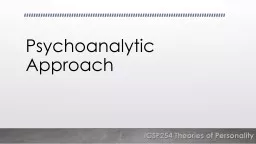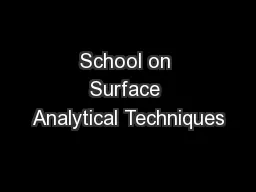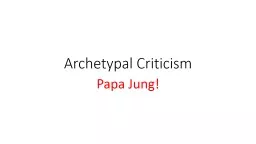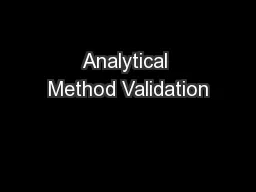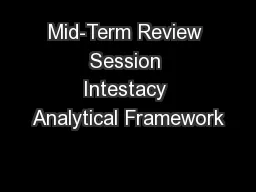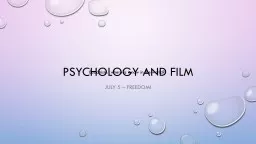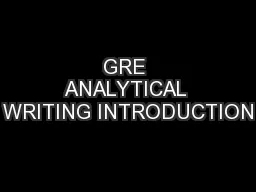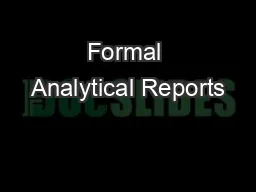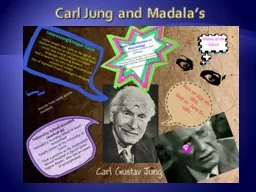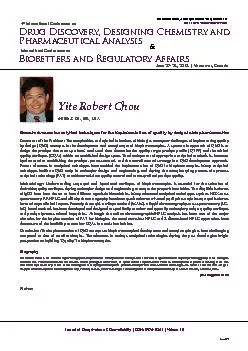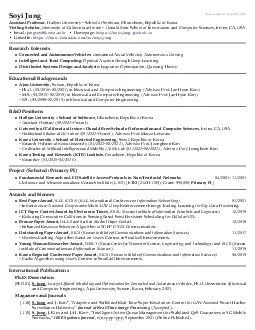PPT-NeoFreudian Approach Jung’s Analytical Approach
Author : alida-meadow | Published Date : 2018-03-06
ICSP254 Theories of Personality Jungs Analytical Psychology Disagreements with Freud Over role of sexuality libido as more generalized psychic energy Forces that
Presentation Embed Code
Download Presentation
Download Presentation The PPT/PDF document "NeoFreudian Approach Jung’s Analytica..." is the property of its rightful owner. Permission is granted to download and print the materials on this website for personal, non-commercial use only, and to display it on your personal computer provided you do not modify the materials and that you retain all copyright notices contained in the materials. By downloading content from our website, you accept the terms of this agreement.
NeoFreudian Approach Jung’s Analytical Approach: Transcript
Download Rules Of Document
"NeoFreudian Approach Jung’s Analytical Approach"The content belongs to its owner. You may download and print it for personal use, without modification, and keep all copyright notices. By downloading, you agree to these terms.
Related Documents

